La Plagne – Climbing to the Alpine ski resort where Stephen Roche collapsed
La Plagne – Climbing to the Alpine ski resort where Stephen Roche collapsed and needed oxygen before winning the 1987 Tour de France (2017 Day 85)
Today’s photo shows Stephen Roche and Pedro Delgado at the start of the climb to La Plagne during the 1987 Tour de France. The photo above is taken from Cycle Sport magazine and includes a quote from Roche in which he says “I will never forget La Plagne”. And no wonder as it was on the 21 km long climb that Roche somehow accomplished one of the greatest ever comebacks in the history of cycle racing. Delgado had dropped Roche at the start of the climb and at one stage lead by almost 2 minutes. But Stephen somehow recovered halfway up the climb and closed to within 4 seconds of Delgado on the finish of the stage. As if Roche’s comeback wasn’t dramatic enough, he then collapsed soon after crossing the finish-line and had to be given oxygen and treated by medics at the side of the road. But it was on the climb to La Plagne that Roche effectively won the Tour that year and it is arguably the most memorable stage finish ever in the history of the Tour de France.
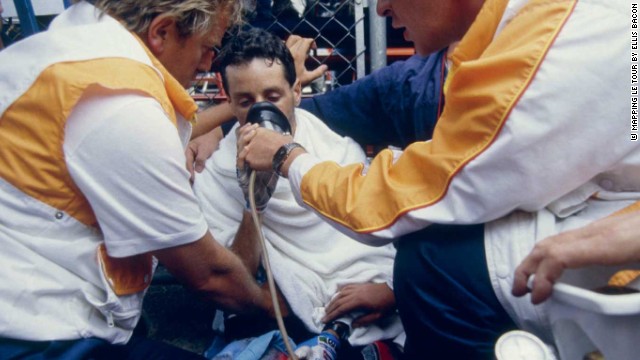
Roche receiving oxygen on La Plagne during the 1987 Tour de France.
I wrote extensively about La Plagne and the 1987 Tour de France (article here) last year but some parts are well worth re-telling.. There was a what the French call fin de siecle or end of an era theme to that Tour with it’s start in West Berlin in Communist East Germany, only 2 years before the Berlin Wall fell. Roche too was one of the last cyclists to win the Tour with a steel frame bike and wearing two clips. In so many ways, it was an era defining Tour but there is no doubt that Roche’s comeback on La Plagne was the highlight of what was one of the most dramatic Tours ever.
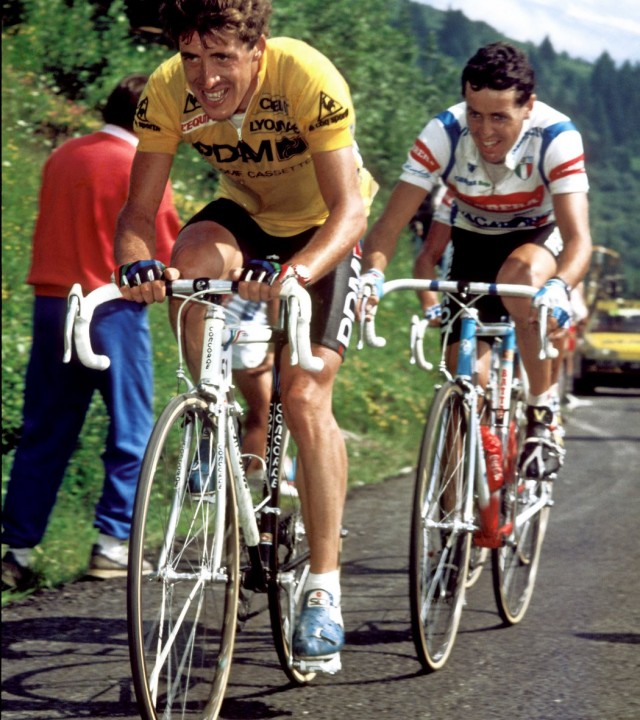
Delgado and Roche slugging it out during the 1987 Tour de France. Source : Bikeforums.netOn Weds the 22nd July, Roche started Stage 21 in second place on GC, 25 seconds behind Pedro Delgado. Stage 21 was the Queen stage in the 1987 Tour de France and featured the Haute Categorie climbs of the Galibier and the Madeliene before tackling the 21 km long climb to La Plagne. The day before, Roche had lost 1 minute and 44 seconds to Delgado on the climb to Alpe d’Huez and most pundits gave him little chance of wining the overall. However, Roche had other ideas and after crossing over the Galibier with the peloton, he attacked at the foot of the Madeleine. However, he was later caught and then dropped by Delgado and the peloton here at Aime at the start of the final climb of the day to La Plagne. What happened next is best told in Stephan Roche’s own words.
“I had attacked at the foot of the Madeleine but I found that no-one could ride with me. I rode the whole thing myself and down the other side. But Delgado had now regrouped. He chased and chased, and caught me a few kilometres before the start of the climb into La Plagne. I tried putting myself in his shoes. What would he do? I thought he would attack. If I go after him, he’ll go again and again and again, and I’ll never make it to the top. So my plan came together: let him go, stay within distance and try to recuperate. My thing was, if I went with him, I wouldn’t make it. So let him go and let him think he’s made it, hold the gap, and with 4km to go just give it everything.”
“He got to 30 seconds, then 40 seconds, then 50. I’m trying to keep my tempo. Then I notice that, as I get into my rhythm, that the gap is going up by five seconds at a time rather than 10, then two, then one. I think, it’s working! I stabilise the gap at one minute 25. I think, maybe he’s shot his bolt. Maybe I can hold him here. Him in his own brain, he’s thinking one min 25 up, add the 25 this morning, that’s 1.50 overall, should be enough for the time trial. I’m telling myself that’s what he’s thinking. So if I can accelerate at 4km, at 3km, he may think he’s okay. There’ll be confusion.”
There certainly was confusion. With only two television cameras covering the stage, one on stage leader Laurent Fignon and the other one filming Delgado in the yellow jersey, Roche was closing in by stealth, unnoticed and ignored by riders and reporters alike.
“I had done a recce beforehand. I knew the final 4km. I knew it wasn’t too difficult – it was rolling. I should be able to sustain a big effort over 4km. So I give it everything I have. I found resources. I need to claw back at least 45 seconds, but I can’t see where he is – the crowds, the zig-zag roads. I’ve no race radio. Any information my own car might have had from the race director I won’t hear because of the noise. I feel myself working through my gears. There’s a burning in my legs, but it’s not a killing burn. It’s hurting all right, but I can cope with this burn for 4km. The fire is lit inside. I’m riding almost to explosion, but if I explode I will drop.”
Incredibly, Roche then puts his chain into the big ring. This is something Pantani used to do on the big climbs to taunt his rivals but to think Roche did the same at the end of a 185 km long mountain stage just to chase down Delgado is just mind blowing.
“Five hundred metres to go, the road opens out, and I put – crunch! – the chain on the big ring. It was like going from first gear to fifth in a car. For a moment I locked up, stalled. Then it picked up again and I got the chain turning over, waggh waggh, faster and faster, and then on the final corner, there was Delgado.”
Channel 4 coverage of the finish to Stage 21 at La Plagne. While some would argue that the stage finish on La Plagne was the most dramatic ever in the Tour de France, it certainly resulted in the most famous piece of cycle commentary ever as Phil Liggett said “That looks like Stephen Roche” as the Irishman flung himself across the finish line.
“Just who is that rider coming up behind – because that looks like Roche! That looks like Stephen Roche… it’s Stephen Roche, has come over the line! He almost caught Pedro Delgado, I don’t believe it!”
But apparently, anyone who was watching the race live did not hear Phil Liggett utter those famous words until about 10 seconds after Roche had crossed the line. Liggett was as confused as everyone else as to the identity of the rider who almost caught Delgado and didn’t mention Roche’s name until long after he had crossed the finish-line. But when the highlights were shown that evening, 6 seconds were cut from the audio track by a sound engineer to make it appear as if Liggett was describing all the drama at the same time as Roche was approaching the finish line just behind Delgado.
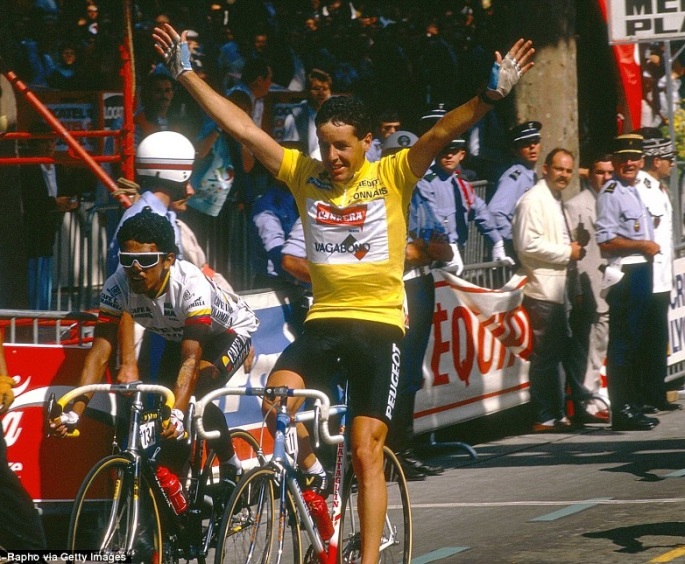
Roche crossing the finish line on the Champs Elysées in Paris to win the 1987 Tour de France.
Roche had been taken away by an ambulance from La Plagne to local hospital but he recovered sufficiently to beat Delgado in the last mountain stage the next day. He then beat Delgado by over a minute in the last time trial a few days later in Dijon to win the 1987 Tour de France by 39 seconds. It remains to this day one of the closest finishes to a Tour de France ever and it certainly was one of the most dramatic Tours ever.
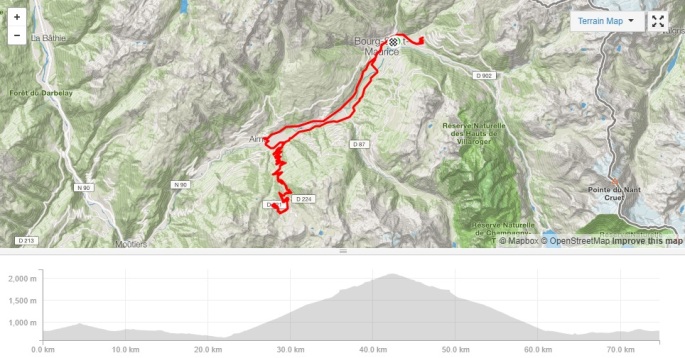
Day 85 Tuesday August 1st – Total distance cycled from Bourg Saint Maurice to La Plagne and back – 75 km (includes 2,050m of climbing).
Ever since 1987, La Plagne has become a place of pilgrimage for many an Irish cyclist and the climb was top of my list of climbs in the Alps. It is a very tough climb but unlike Stephen, I didn’t need oxygen when I got to the top but then again, I climbed it a lot slower than Roche did during that epic stage in 1987. Had I tried to go at the same pace as Roche did 30 years ago, I probably would have needed oxygen 5 or 6 times on my way up the climb.
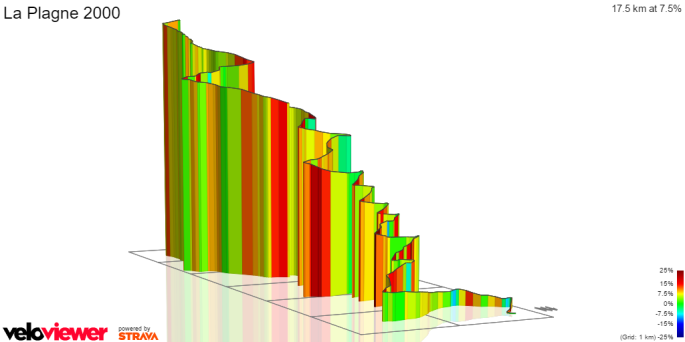
3D profile of the climb to La Plagne courtesy of Veloviewer.
The climb of La Plagne is similar to Alpe d’Huez in that it also has 21 numbered hairpins. But whereas Alpe d’Huez is 14 km long and climbs about 1080m, La Plagne is much longer at 21 km in length and climbs a total of 1400m.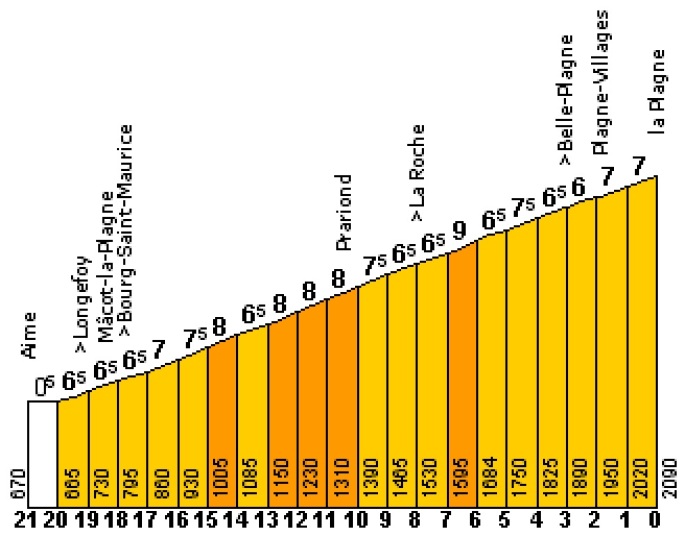 Profile of the climb to La Plagne.
Profile of the climb to La Plagne.
 Profile of the climb to La Plagne.
Profile of the climb to La Plagne.The gradient on La Plagne averages 6.7% for 21 km, though the last 17 km averages 7.5%. In contrast, Alpe d’Huez would be slightly steeper averaging 8.1% for 14 km and in fact, the first 12 km averages over 9%.
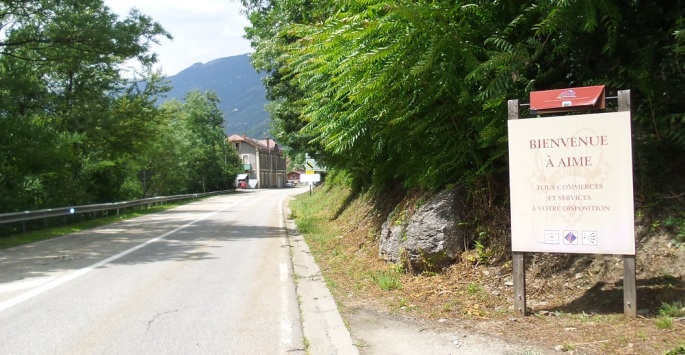
Start of the climb at Aime.
The first few kms are relatively gentle but with about 18 km to go, the gradient ramps up considerably.
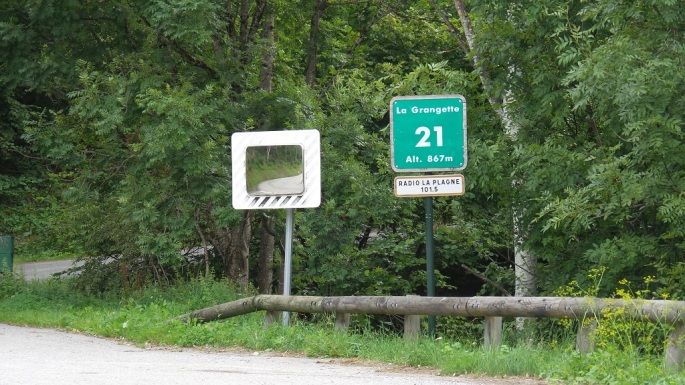
First of 21 hairpins on the climb to La Plagne.
Just like Alpe d’Huez, there are 21 hairpins on the climb to La Plagne. Each hairpin on Alpe d’Huez is named after a previous winner of the stage in the Tour de France but as the Tour has only been to La Plagne on 3 occasions, each hairpin here is only given a generic name.
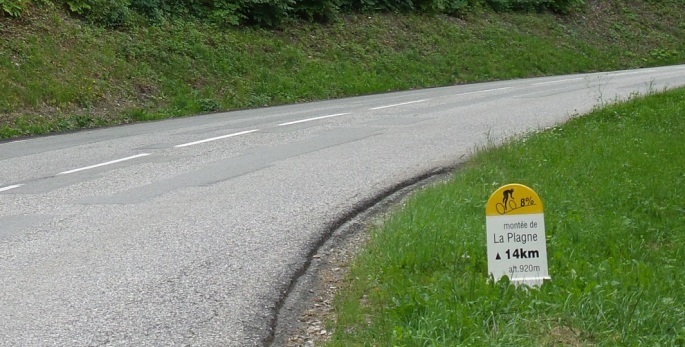
14 km to go milestone.
Lots of climbs in the Alps have milestone markers every km telling you how far it is to the summit. Incredibly, Alpe d’Huez which is visited by ten’s of thousands of cyclists every year does not have any km markers whereas La Plagne which is climbed by only a few hundred cyclists every year does.
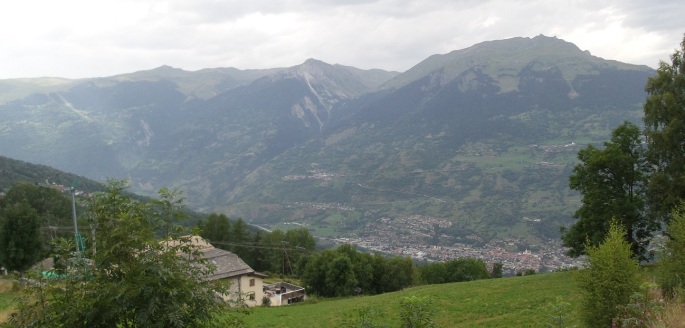
View of the climb up to Granier from Aime on the opposite side of the Tarentaise valley.
The climb up to Granier looks brutal but I don’t think it has ever featured in the Tour de France as there are no ski resorts on that side of the valley.
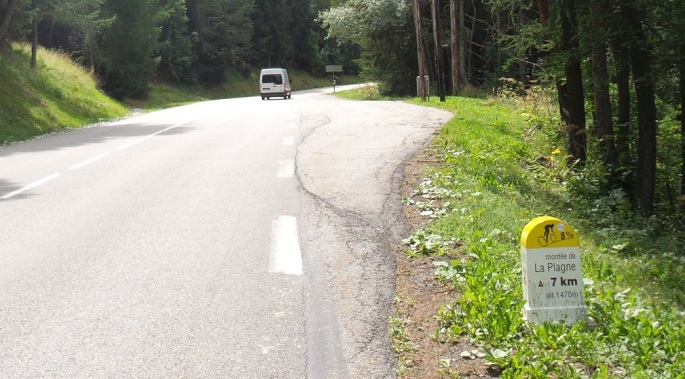
7 km to go milestone marker.
All the photos on this page were taken on the way down the mountain apart from this one. The reason I stopped at this marker is because in 1987, Stephan Roche was fined 10 seconds for taking food from his team car about 7 km from the summit. Tour de France rules forbid any cyclist taking either food or drinks from a team car in the last 10 km of a mountain stage. As I was following in Roche’s footsteps, I too stopped for a bite to eat and had enough time to also take a photo.
Olympic bobsleigh course on La Plagne about 4km from the summit. In 1992, the bobsleigh course on La Plagne was used during the Winter Olympics which took place in the nearby city of Albertville.
French family having fun and taking some photos at a bobsleigh at the Olympic bobsleigh circuit on La Plagne. I don’t normally publish photos of other people as everybody has a right to some privacy but this family are having so much fun messing about in the bobsleigh that I don’t think they will mind me publishing these shots.
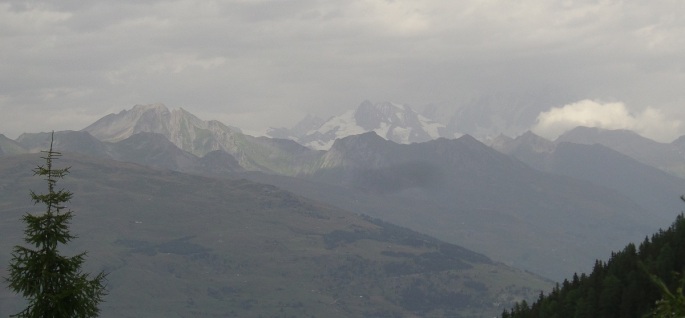 View of Mont Blanc in the distance.
View of Mont Blanc in the distance.Mont Blanc is about 50 km from La Plagne but it is so big that it is clearly visible from such a long distance away.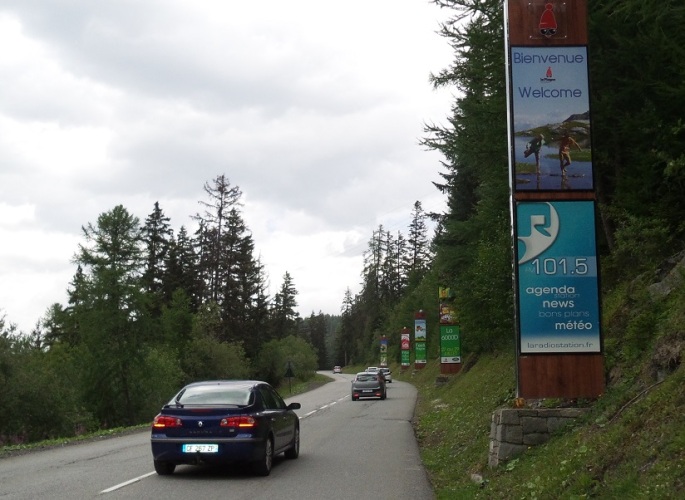

Lots of traffic on the climb to La Plagne.
I was surprised how many cars and trucks were on the climb. Perhaps that is why there were very few cyclists tackling the climb at the same time as me.
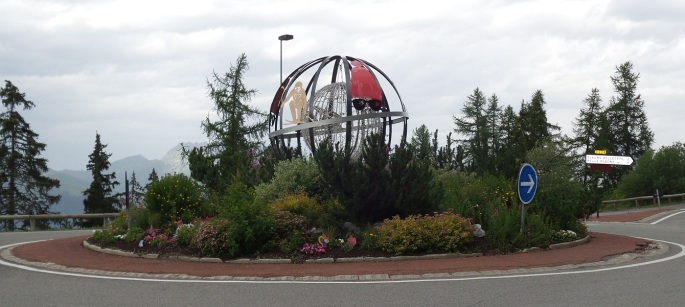
Roundabout about 1 km from the ski resort of La Plagne.
This is the roundabout where you turn off for Belle Plagne. It is possible in 1987 that the stage finished in Belle Plagne as Stephan Roche describes the last 3, 4 km as rolling and having a lower gradient than the rest of the climb. But the climb up to La Plagne Aime 2000 is as steep as the rest of the the climb so either Roche’s memory is a bit fuzzy or it is possible that the stage that day finished in Belle Plagne.
.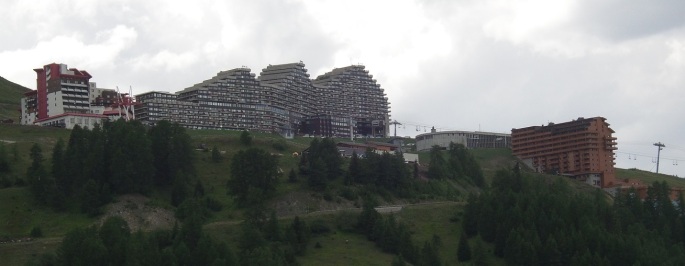

View of La Plagne Aime 2000 in the distance.
La Plagne is huge and is made up of 3 distinct resorts, Belle Plagne,
La Plagne Village and La Plagne Aime 2000. It is about 3 km from one end of the resort
to the other here are dozens of ski lifts and thousands of chalets and apartments within the resort.
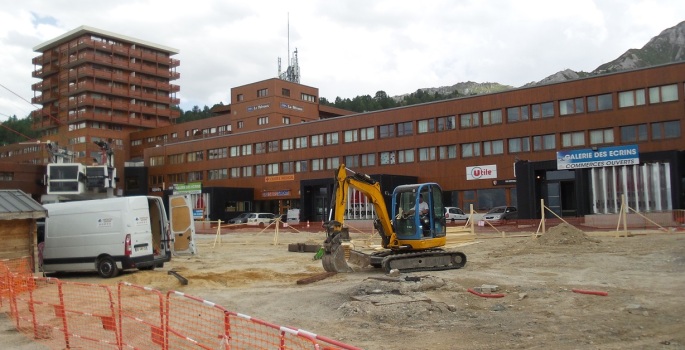
La Plagne Village centre was one big building site.
This explains why there were so many trucks on the climb
to La Plagne as the whole town centre was being re-developed.
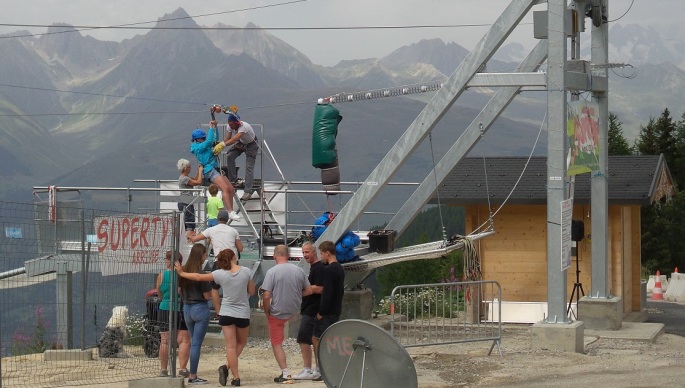
Zip-line at La Plagne Village.
This zip-line takes you for 115m across the river valley in La Plagne. It costs €10 for 2 goes on the zip-line during which you drop 25m and takes roughly a minute. The zip-line was very popular and there seemed to be someone on it every 5 minutes. It certainly was the quickest way of getting to La Plagne Village from La Plagne Aime 2000.
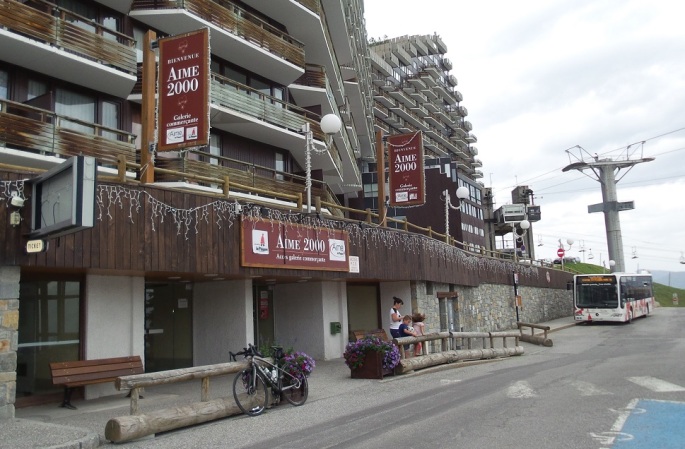
Aime 2000 ski apartments at La Plagne.
I have no idea if this is where the Tour de France stage finished in 1987 but the entrance to these ski apartments seemed to be the highest point on the climb nowadays. It is possible that these apartments have been built since 1987 and the stage that day finished lower down in La Plagne Village or even at the nearby resort of Belle Plagne. Even looking at the footage from 1987, it is so hard to tell where exactly the stage finished as La Plagne has changed so much over the last 30 years.
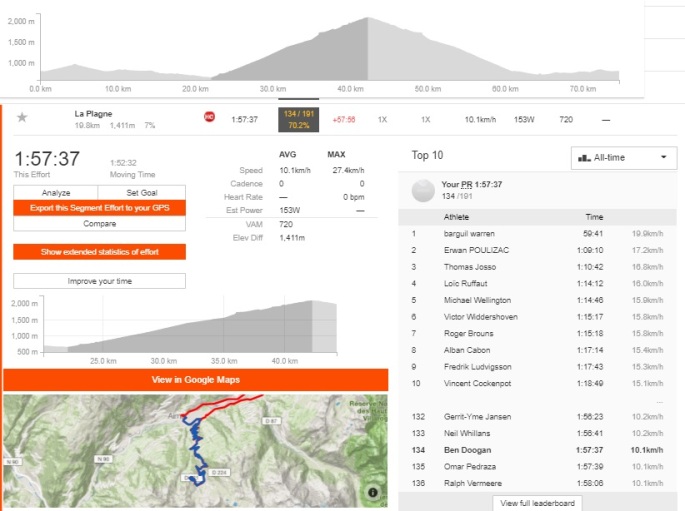
117 minutes to climb La Plagne.
The same climb probably took Roche between 60 to 65 minutes in 1987 so no wonder he needed oxygen when he got to the top. Incredibly, less than 200 cyclists have climbed La Plagne on Strava whereas almost 20,000 have climbed Alpe d’Huez. Having climbed the Col de l’Iseran to 2,770m the day before, my legs were heavy and just like Roche in 1987, I struggled at the start of this climb. I had arrived at the foot of the climb with over 20 km and 300 m of climbing in my legs having attempted to climb the Petit Saint Bernard earlier before abandoning that climb due to the strength of the easterly wind. I found it hard to get a rhythm going and this is reflected in Strava’s estimate of my power (153W) which was a lot less than I achieved on both Mont Ventoux and the Tourmalet (161W).
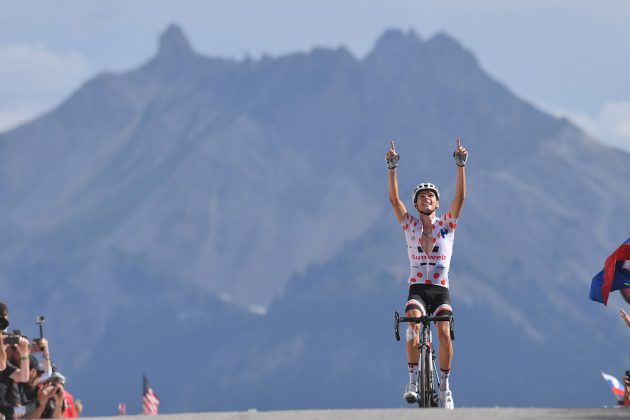
Warren Barguil wins Stage 18 of the 2017 Tour de France on the Col d’Izoard.
The fastest time for the climb of La Plagne on Strava is held by French cyclist Warren Barguil. He set the record in June 2017 while training in the Alps just a few weeks before the start of the Tour de France. His time of 59 minutes is almost 10 minutes faster than the 2nd quickest time for the climb proving once again that the top professional cyclists are from a different planet to us mere mortal cyclists. His time is incredibly almost an hour faster than my own time. Of course, there was no such thing as Strava when Roche and Delgado tackled the climb in 1987 but I would guess both men took about 65 minutes to get to the summit. So despite already climbing the Galibier and the Madeleine, both Roche and Delgado were over 50 minutes faster than me going up La Plagne. It is just incredible how fast the top cyclists go up these monster climbs and no wonder why they sometimes need oxygen when they get to the summit.
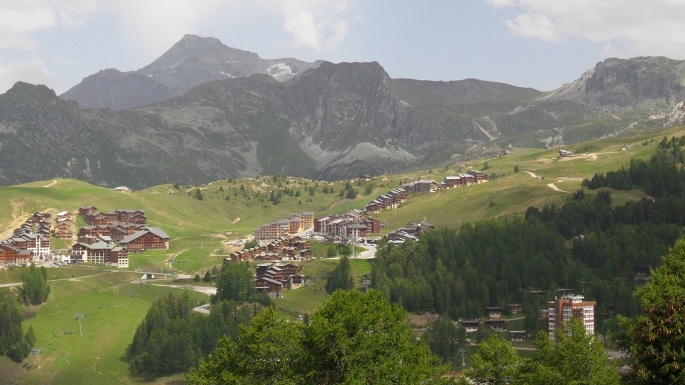
View of Belle La Plagne from Aime 2000.
In hindsight, I should have cycled over to Belle Plagne to see if there is any indication the 1987 stage finished here. But even on Alpe d’Huez, there is no sign to say where the Tour de France finishes so it is very unlikely there is one at Belle Plagne if that is where the stage finished in 1987.
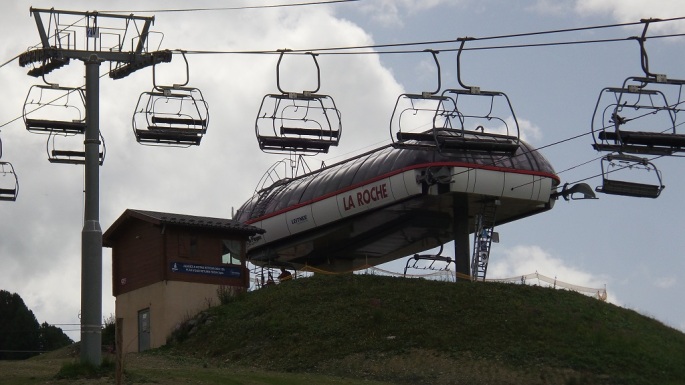
La Roche ski lift in La Plagne.
To Irish people, La Plagne is synonomous with Stephen Roche but the only mention of his name at La Plagne is on this ski lift. La Roche is a hamlet about 6 km from La Plagne and has no connection what so ever to Stephen Roche the cyclist.
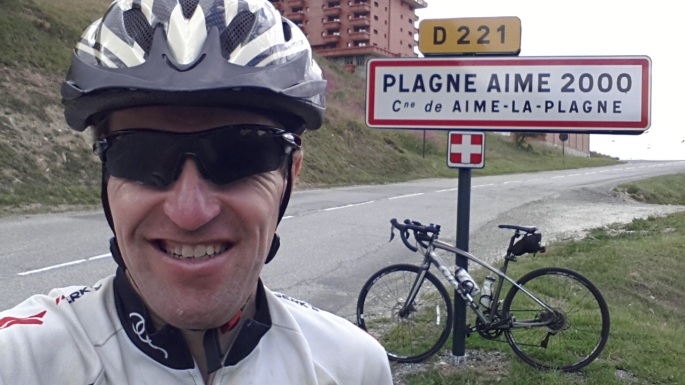
Time for a selfie on the way down the climb at the sign for La Plagne Aime 2000.
Disappointingly, there is no sign giving the altitude at the summit of the climb. La Plagne is all about skiing these days which might explain why the Tour de France has only returned once here since 1987 (in 2002). But even more disappointingly, there is no plaque or monument to mark the dramatic stage finish that occurred her in 1987. On the Tourmalet, ASO, the Tour de France organizers, have paid for 2 plaques showing where Eugene Christophe first broke and later repaired his front forks. There are also memorials for Marco Pantani on the Galibier and Coppi and Bobet at the Casse Deserte on the Col d’Izoard. There is even a small billboard showing where Chris Froome attacked on La Pierre-Saint Martin but here at La Plagne, there is nothing. One of the most dramatic Tour de France stage finishes ever deserves to be recognized with at least a plaque or a small monument. La Plagne has long since passed into Tour de France folklore but anyone visiting the ski resort nowadays would be hard pressed to find any evidence of the dramatic events that took place here in 1987. So if anyone from the ASO is reading this, please arrange for a plaque or monument to be installed in La Plagne to mark the most dramatic finish to a Tour de France stage ever.


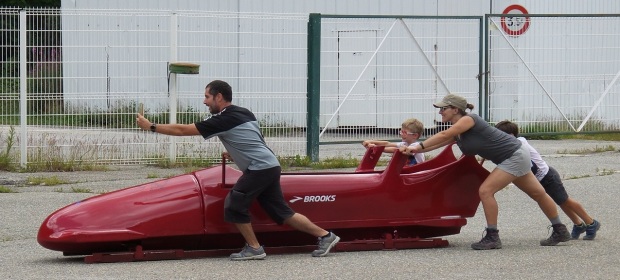


Commenti
Posta un commento